High Velocity Trains And Their Structure
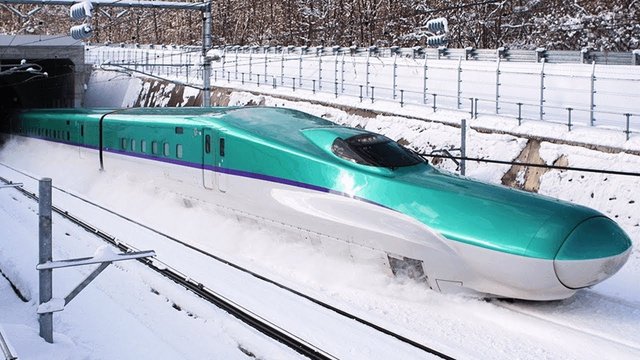
The wonderful high-speed trains are mostly known for their incredible speed and striking design, but in reality, the science behind these beautiful engineering marvels is more complex than one might imagine. During this trip, we will immerse ourselves in the beautiful creation that today we can call High Speed Trains.
Commonly, high-speed trains, are generally defined as, rail transport whose speed is equal to 200 km / h on standard roads and exceeds 250 km / h on specialized roads for it, being the fastest of them , the Shinkansen N700S or also called in Japan as the Shinkansen Supreme, which is capable of reaching 300 km / h.
These wonders of Engineering and Physics, are responsible for representing the latest generation of railways in the world, and also are considered the safest means of transport after the plane. However, the high-speed train can not be considered as just a technical issue, because it encompasses an even more complex reality, ranging from infrastructure, to various social sectors such as finance and personnel training; combining all this in the sophisticated technology that nowadays, provides an efficient displacement to millions of people.
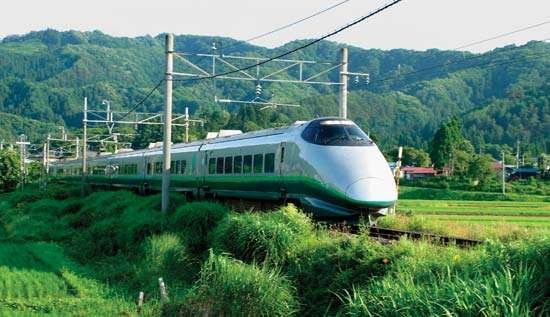
Currently, around 15 countries have this technology, with Japan and Spain, as well as other European countries, the ones who have invested the most time and money in this technology to connect their main cities more quickly, for a total of 30 years in investigations to perfect this technology. However, there are a large number of forecasts that must be carefully considered at the time when a high-speed train is planned for a commercial line, since these trains are not as common as you might think. The tracks must be arranged with a unique characterization, the structural design of the train, the maintenance and the safety forecasts, both for the passengers and for the personnel of the line, must be calculated as rigorously as possible, as a simple oversight could cause untold damage. To implement a commercial line of high-speed trains, since these have very specific requirements, four basic principles are required: The structure of the track. The structure of the train. The mechanics of the train. The signaling of the lines.
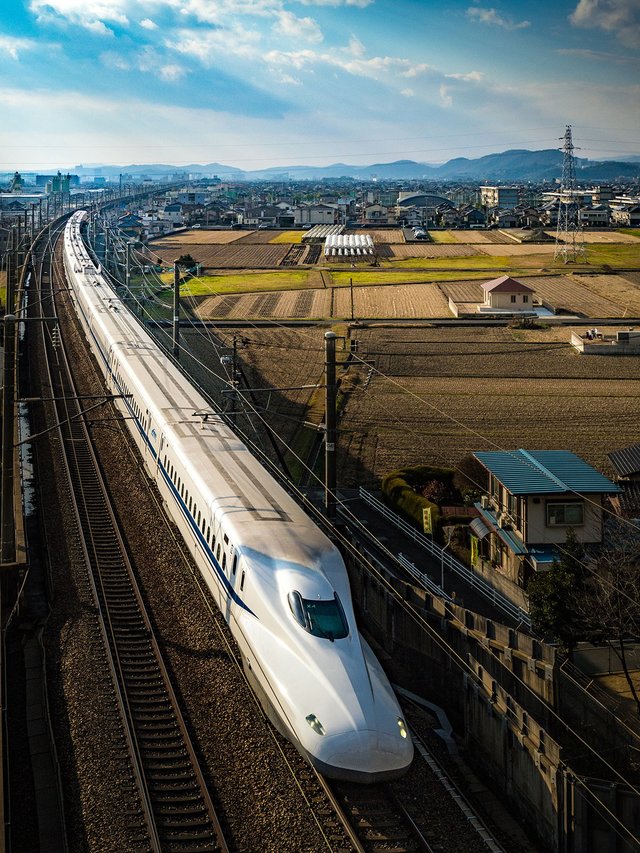
In general, the roads arranged for these trains, should have an average radius of 3000 to 3500m between curves, which is notably different from that of a conventional line, whose radius is approximately 500m between curves, which gives a wide margin of stability to the train to avoid decreasing its speed when having to travel "closed" curves, like tunnels, which must be designed with a dimension considerably larger than for conventional lines to avoid the aerodynamic effects caused by the eventual encounter of these powerful machines that, in theory, can reach 500km / h in a section long enough and straight. As for the structure of the train, these are even lighter than the usual commercial trains, although this does not make them uncomfortable at all.
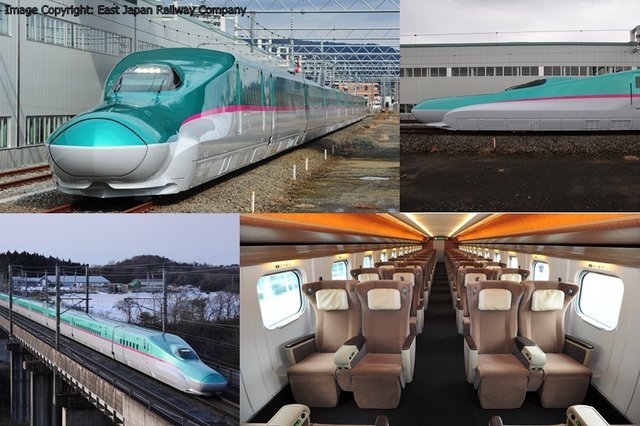
Due to the lightness of the bullet train car, it is possible to add a second floor to the car, which still allows it to be light enough for its design. Shinkansen wagons are not separable like a common train, since the train must travel at a high speed as a set to avoid any deformation during the trip, as the friction of the wind with the train material at such speeds could cause undesirable accidents.
Since more speed exists greater vibration (caused by the contact between the rails and the wheels of the train), the new generation of Shinkansen, were designed with a noticeably smaller distance between the bogies of the wagon, which gives more stability to the train . The train has an advanced tilt system, which allows the train to lean subtly over the bogies of the same at high speeds in the corners to counteract the forces acting on it with precision, causing the minimum of discomfort to passengers and damage to the structure of it.
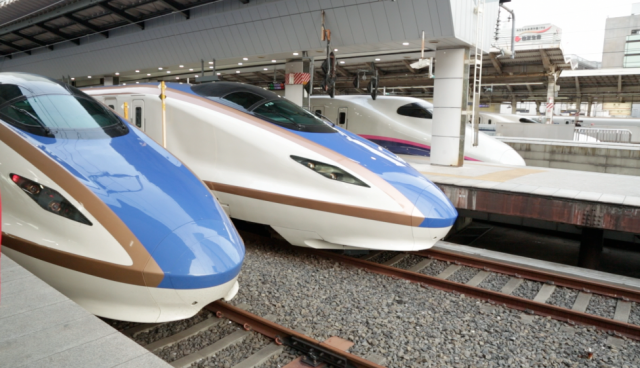
As for its elongated front design, it was designed to avoid the sonic boom that occurs when the train enters the tunnel at high speeds, this also allows it to avoid the de-acceleration that most trains have, since its Design allows you to comfortably pass through the tracks while the air moves on its curved surface with more subtlety than expected in a common train.
The suspension system used is double and is revised in a special way, because although the high-speed lines have little defects in the roads any possible irregularity, however small, has a significant impact on the speed they are going to franking The double suspension system previously mentioned is a mixture of pneumatic suspension and steel springs. The braking system of the Sinkansen is more powerful, since it uses more than one system for this, one of them is used by the traction motor that acts as a current generator using the energy developed by the train in such a way that it reduces the speed as it is producing electrical energy, which in turn can be returned to the power line through aerial catenaries to feed other trains that circulate on the same line or for the regulation of the ambient temperature or other uses of the train itself . Also conventional disc brakes, high power and, in some cases, brake by shoe are used. As you can see, the Shinkansen is a train designed with meticulousness, ingenuity and creativity, which has provided an impeccable service to millions of people in the world. This technology was originally developed by Japan, who launched the world's first bullet train, the Tōkaidō Shinkansen, who made his first trip on April 1, 1964 for the Olympic Games in Tokyo
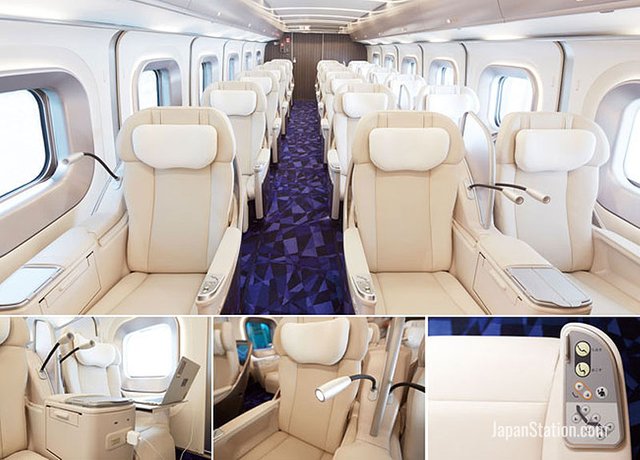
Bullet trains are not only by far the most comfortable trains in the world, but scientifically, this technology is more than surprising, and every day evolves into something even more amazing, letting us know the fantastic magnetic levitation trains (Maglev), which, using only three basic components, which are a large electric power source, metal spirals aligning the tracks and magnets under the train, can also reach these high speeds. Basically, this magnetic field repels the magnets under the train, causing it to levitate from 1 to 10 centimeters. The electric current changes the polarity of the magnetized spirals constantly, generating that the magnetic field in front of the train pushes it forward, as a result, this makes the train float on an air bed, which eliminates all friction with other objects and therefore it reaches very high speeds of more than 500 kph.
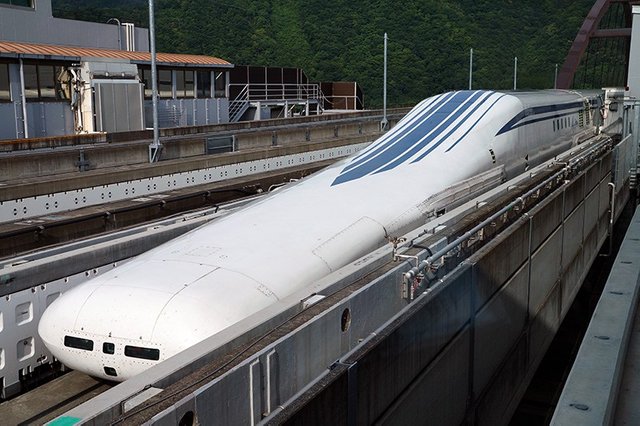
Germany and Japan are currently developing these wonderful trains, although they do so by different methods, Germany uses a technology where the bottom of the train wraps the metal tracks. The electromagnets are located above the tracks below the train, allowing it to levitate one centimeter, even when it is still.
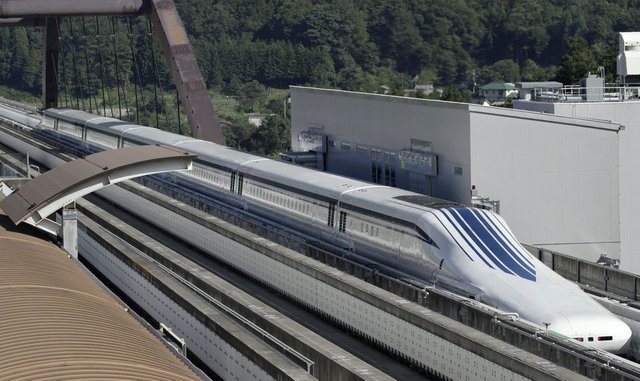
However, Japan developed a technology that, by means of an electrodynamic suspension system based on the repulsive force of the magnets, by means of superconducting magnets, which provide the train with energy even when the original energy source has been turned off. Currently, the only commercial Maglev train that exists is in Shanghai (China), which they developed using as a basis the one created by Germany. Although several countries have the project to build these trains, many of them have been limited by the costs created.
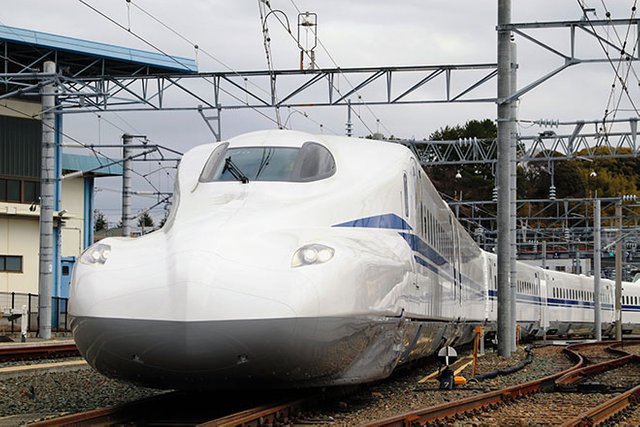
Soon, I will be writing about the variety of Shinkansen in Japan! I hope you liked it, see ya!